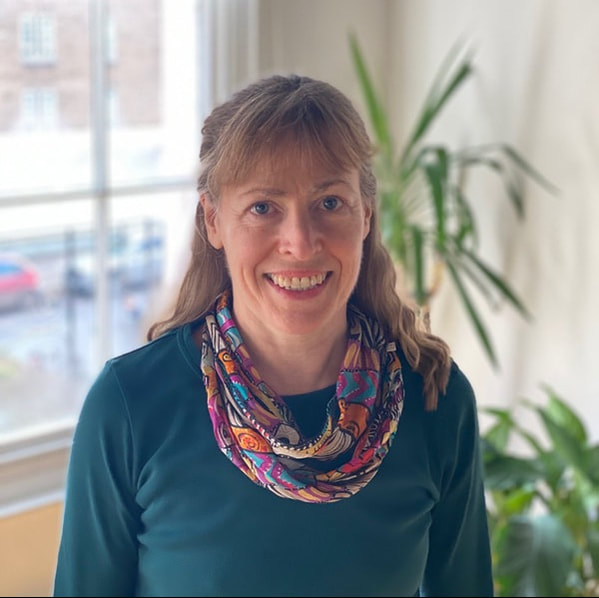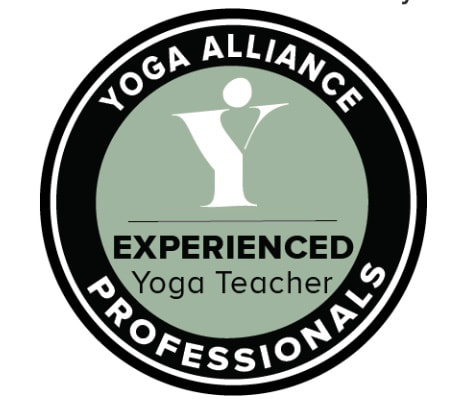|
We move on to another energetic model used in yoga philosophy, the Chakras. I have heard and read many descriptions of the chakras, from cryptic to crudely simplistic. Some provide vivid imagery rooted in Indian traditions and symbols used to illuminate key aspects of the chakras. I have been drawn to a more psychodynamic approach as in Eastern Body, Western Mind by Anodea Judith (be warned- it is quite intense!). This may not resonate with you. If you are interested in learning more, there are countless resources out there and online to delve into. Learning a little bit more about the Chakra model in the coming weeks, you have the opportunity to discover if it may be a help to you. It may or may not, and either is fine- just keep an open mind.
Chakra, or wheel, describes movement of energy. Energy flows along a central column, up and down with key energy points along it. We use these points to observe energy flows into, out of, and within the body. This helps us identify where better balance and harmony can be found, so it gives us some guidance on where to focus our attention. Having worked with the vayus in prior weeks, we are familiar with this idea of energy moving in many directions. The strength and direction of these flows are constantly shifting, both influencing and influenced by internal and external factors. We are tapping into subtle energies, but they manifest themselves in ways that we can observe, learn from, and work with- if we take the time to notice. They cover the physical, mental / emotional, as well as spiritual aspects of our lives: it is a holistic approach. Over the coming weeks, we will work with the seven chakra model. This week, we begin to familiarise ourselves with the locations of each chakra, notice how certain asanas emphasis one or two chakra whilst others integrate them more fully. We become aware of different sensations along this energy path for us, starting to notice aspects of our own energy functioning in these locations. In the weeks that follow, we delve more deeply into each of them. We physically explore them through our asana practice but this impacts our mental and emotional state too. Using the ability to be our own witness, we may begin to notice the relative attributes of our own energy centres and find ways to move ourselves to better balance. That is the theory. You choose whether to put it into practice. |
AuthorRuth is a yoga therapist and yoga teacher based in Cheltenham, UK. She emphasises yoga as a tool for well-being, for individuals and in her classes, in person or via zoom. Archives
October 2023
Categories |


 RSS Feed
RSS Feed

